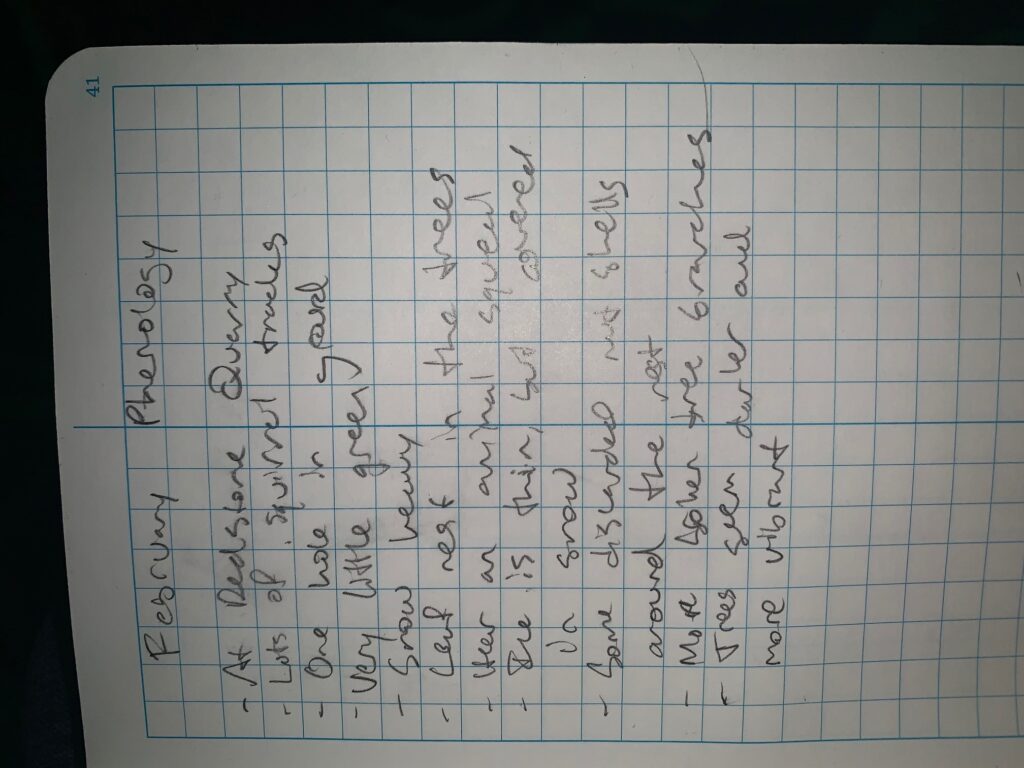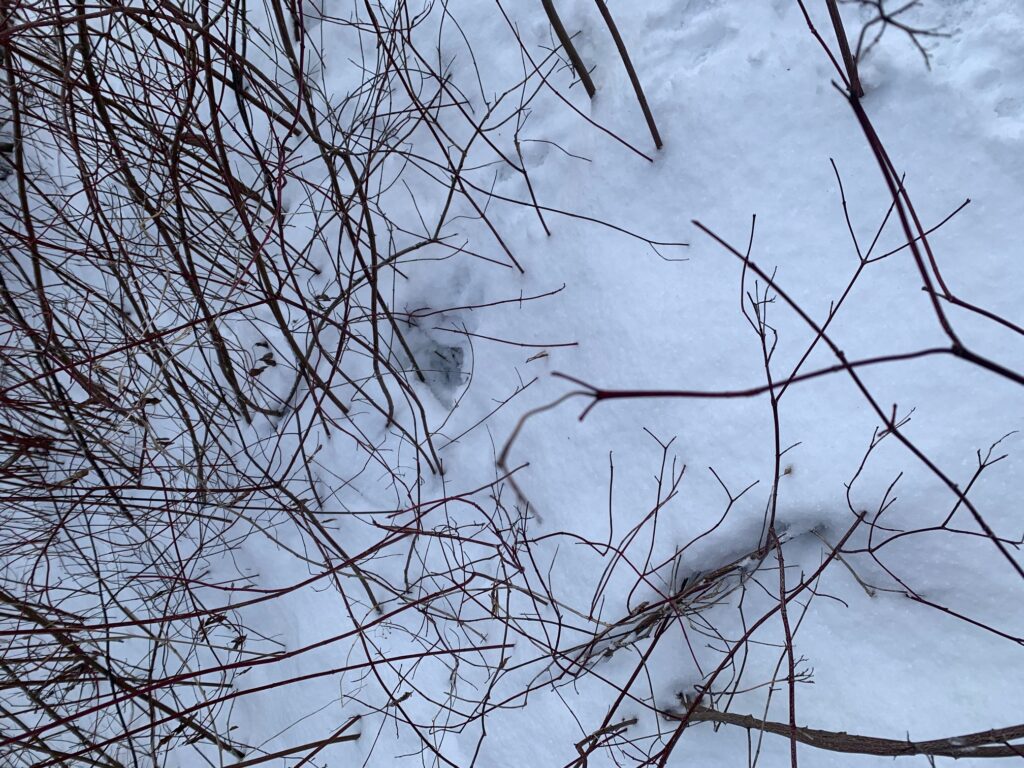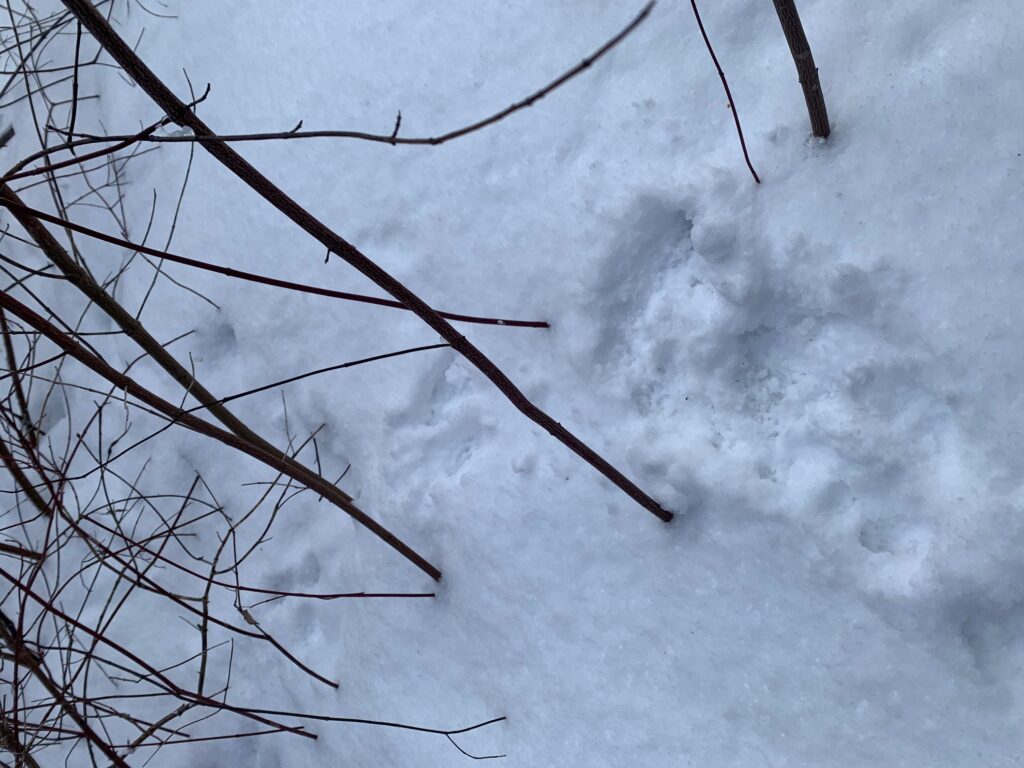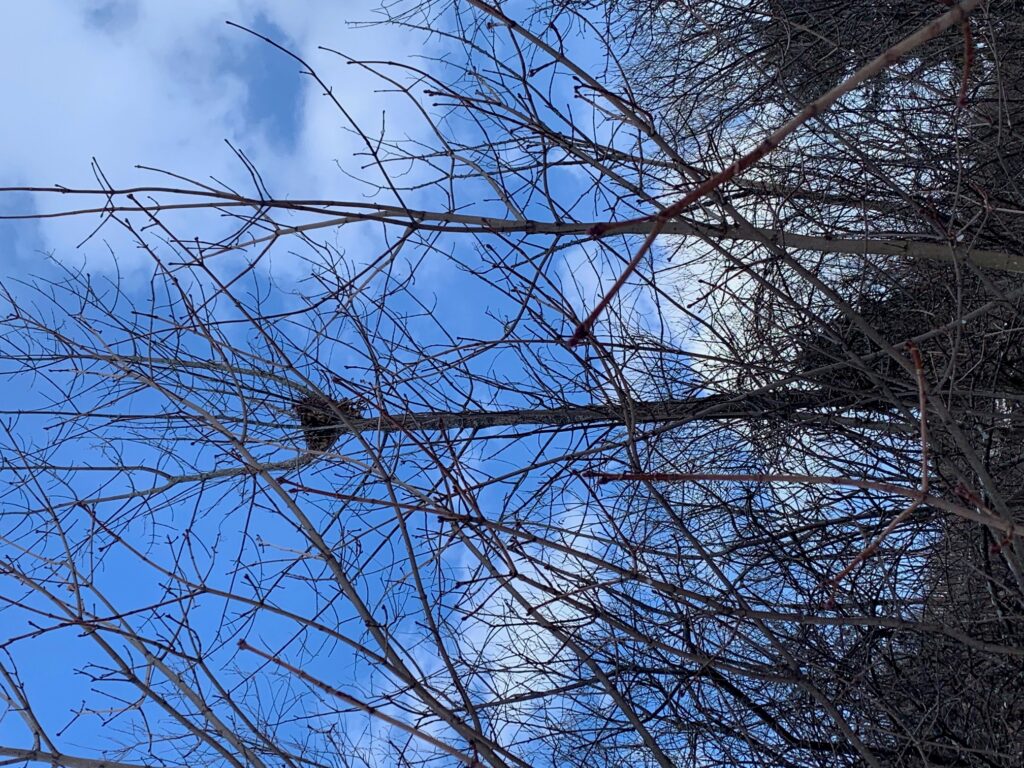Field Notes


Place-Based Phenology for Redstone Quarry
Redstone Quarry
Field Notes

Squirrel Tracks and Nests







February: Survival
The animal that we found the most evidence of was the Gray Squirrel. The gray squirrel lives mostly in nests in trees, although in Winter sometimes you can find it in underground dwellings. The grey squirrels that we found had both types of nests. During the day the squirrel will gather nuts and seeds, and bring its previously made nut stashes back to its nest (Lawniczak). Usually it avoids the heat of the day, although in winter oftentimes you will find it active whenever there is light. At night the squirrel tends to sleep and groom itself. The diet of a Gray Squirrel is large. It eats tree bark, seeds, tree buds, berries, tree bark, acorns, walnuts, other nuts, mushrooms, and more (Lawniczak). They have a very large number of predators. The list includes humans, hawks, weasels, raccoons, foxes, domestic and feral cats, snakes, owls, and dogs (Lawniczak). One of the species that interact with it the most are humans. Whenever humans come the squirrels are scared into their nests and food stores and must sit there and lose light while we tromp all over the place. Another living thing that interacts with them are sugar maple trees. In the two nests we found sugar maple trees to be the most prominent tree in the area. In the underground nest there were large twig sugar maple species that surrounded the nest and seemed to offer some sort of protection. Then the trees that the nest were in were sugar maples. It seems that the squirrels really like the sugar maple for their home.
Since the last visit a lot of changes have occurred in our area. When we first went it was the end of a cold snap, and snow was forecasted for the day. The temperature was incredibly low, and the ice was incredibly thick. When we went this time the ice was not even visible. Snow about six inches thick covered everything. If you pushed hard with your foot you could get down to water. Another thing is that the trees seemed stronger. At the last check whenever you touched a tree limb it would snap off. This time when you touched the branches’ they just snapped back at you. Another thing is that all of the icicles had melted down to a quarter of their previous size.
Works Cited:
Lawniczak, M. K. (n.d.). Sciurus carolinensis (eastern gray squirrel). Retrieved from https://animaldiversity.org/accounts/Sciurus_carolinensis/